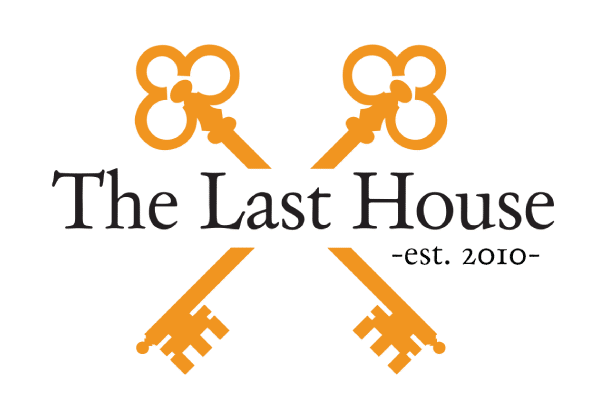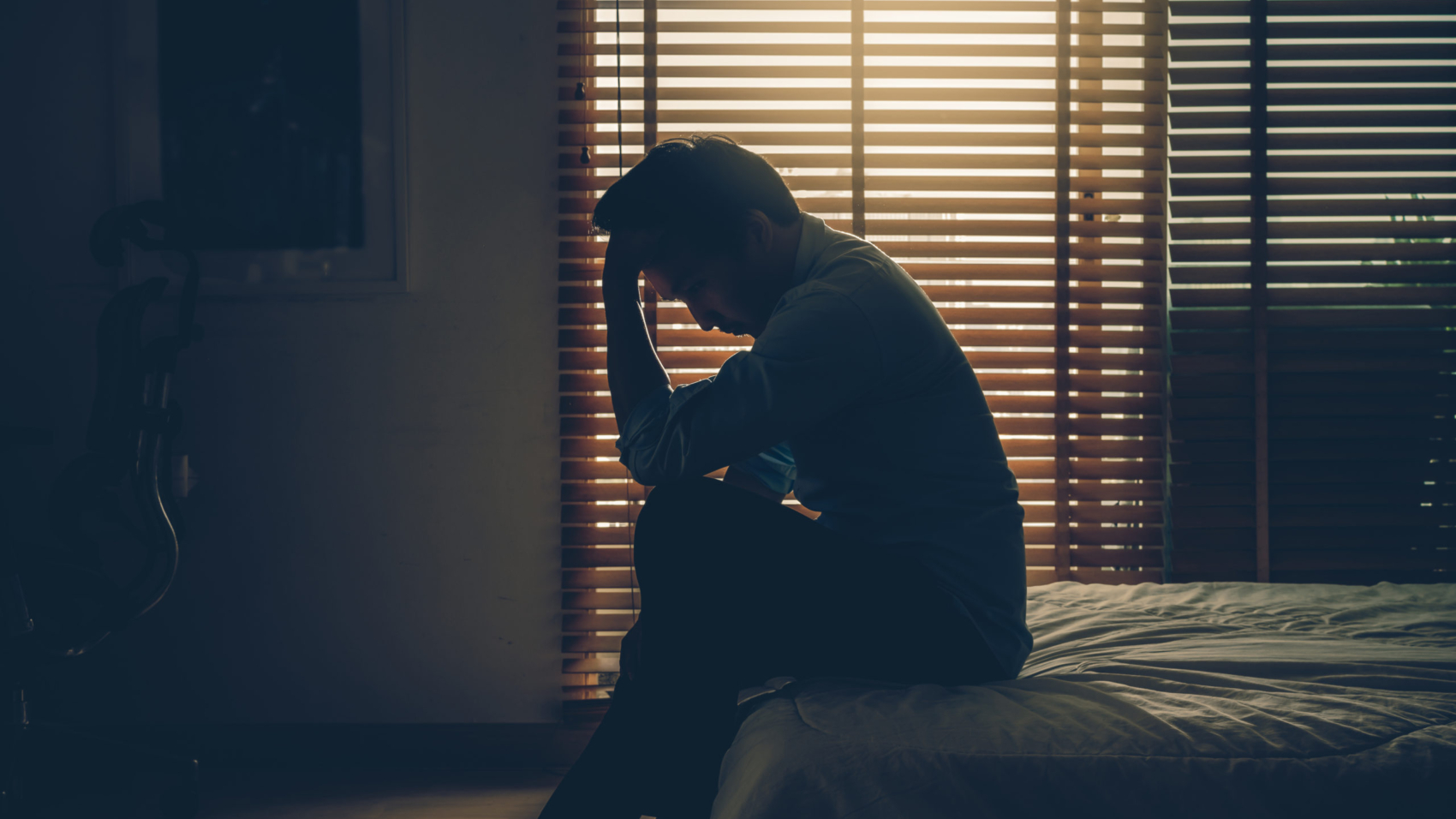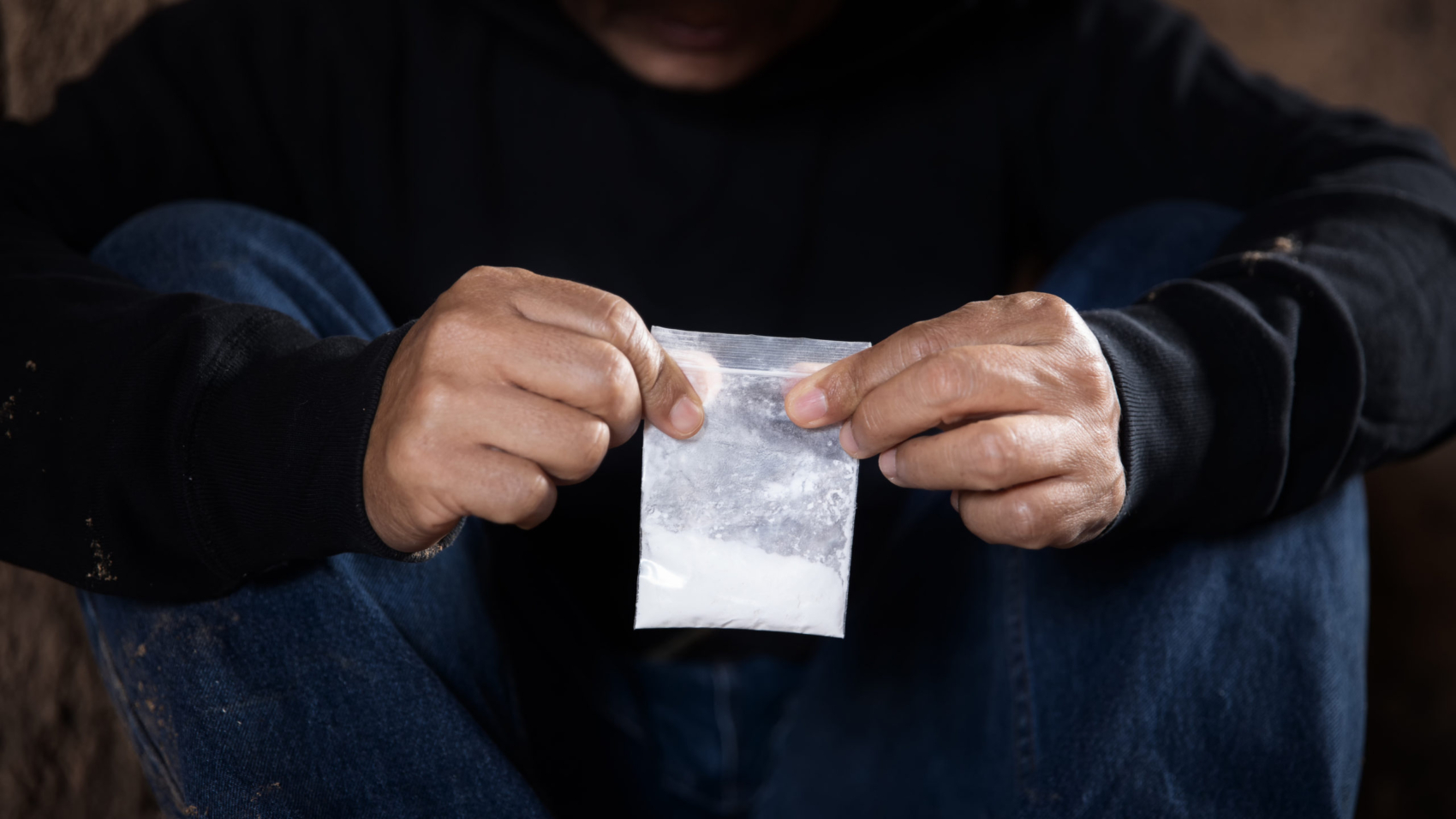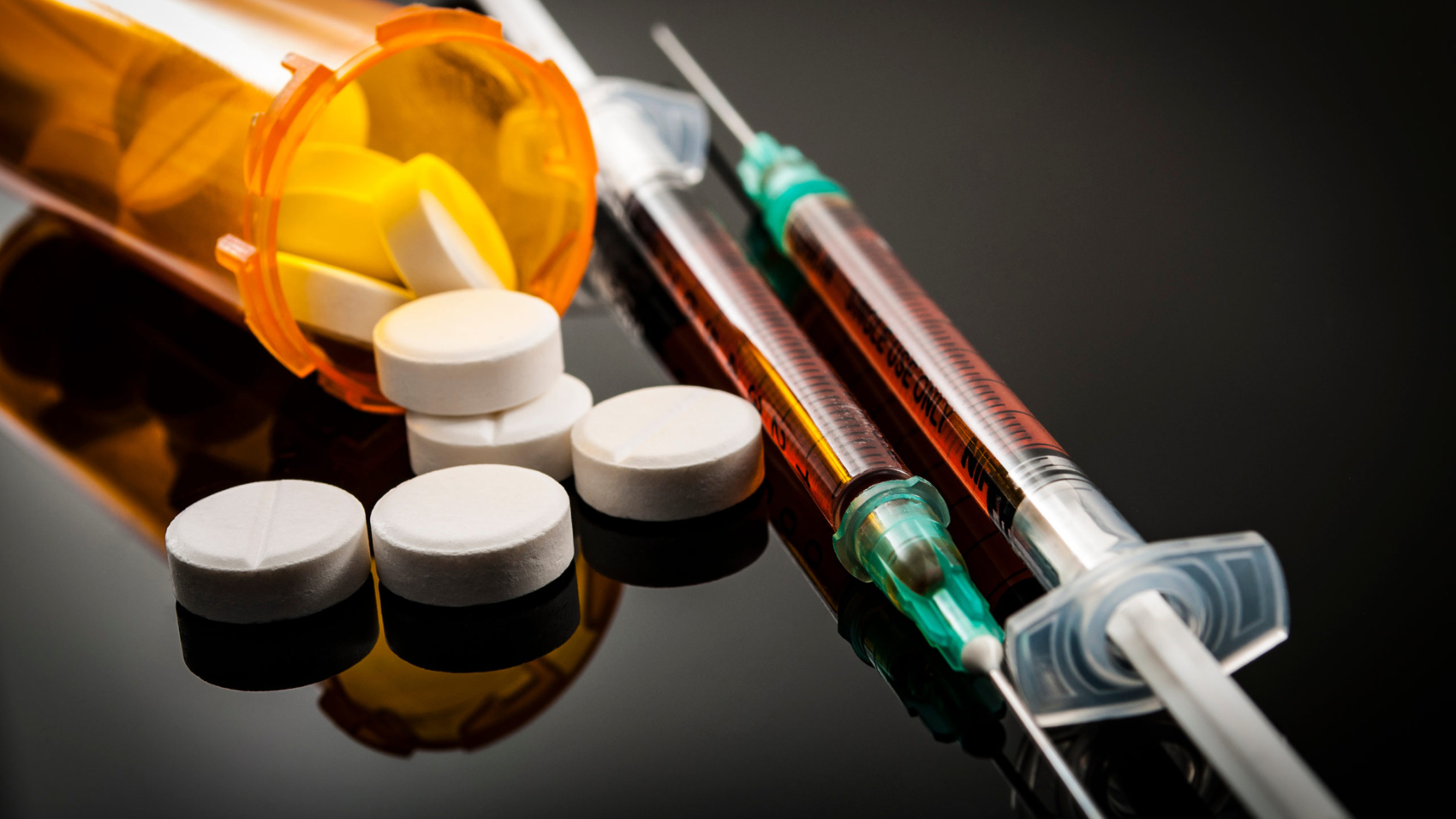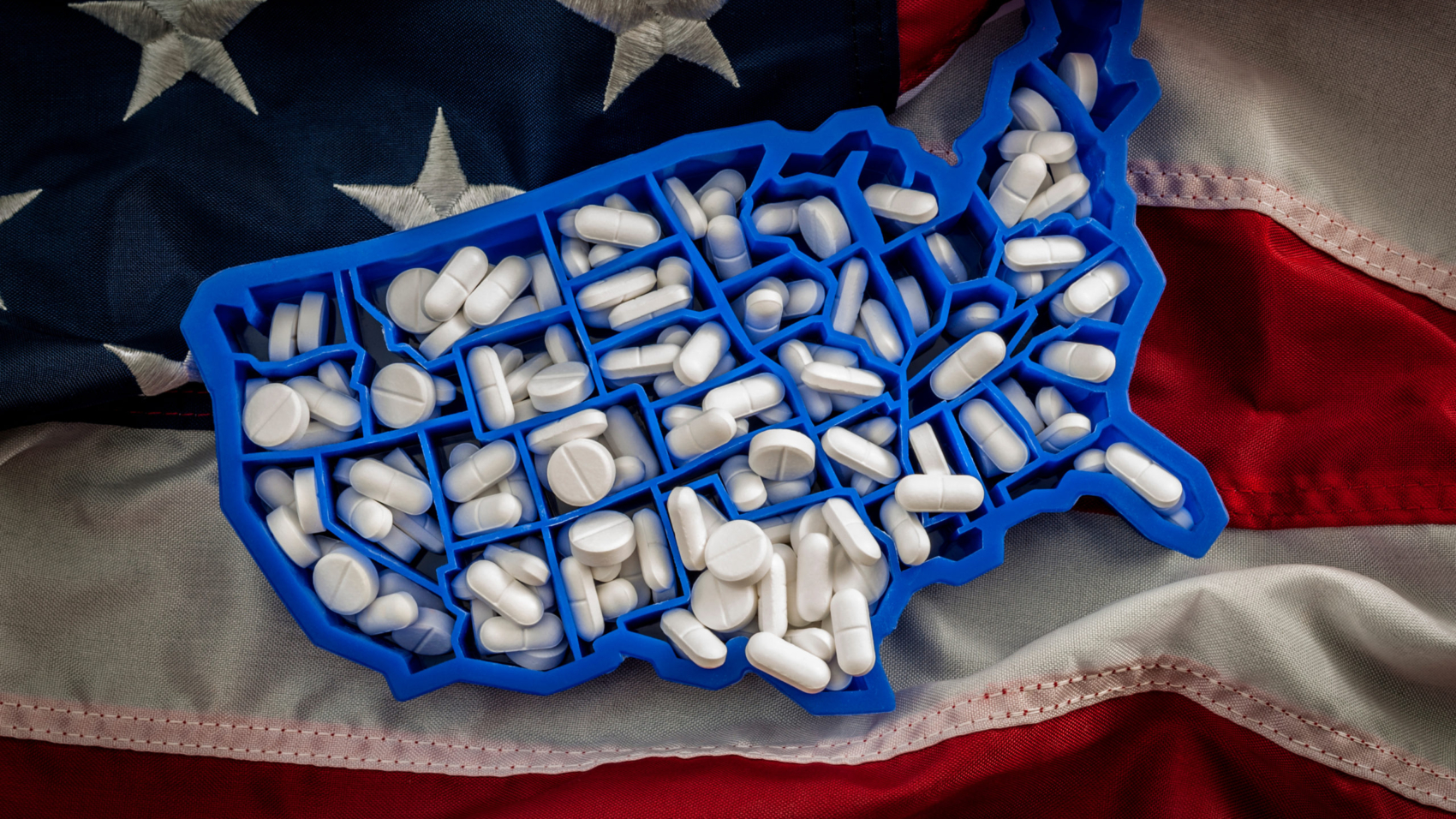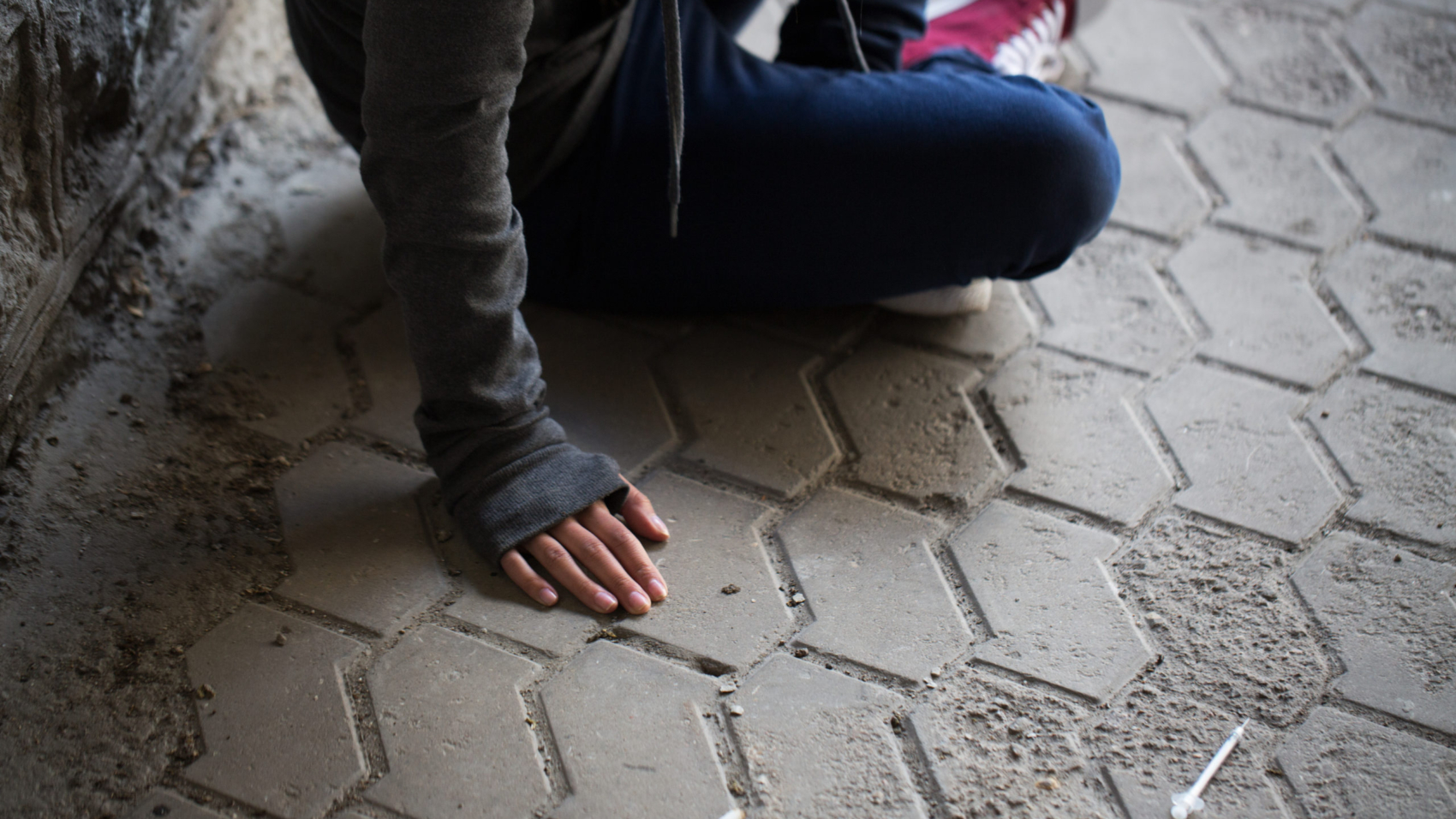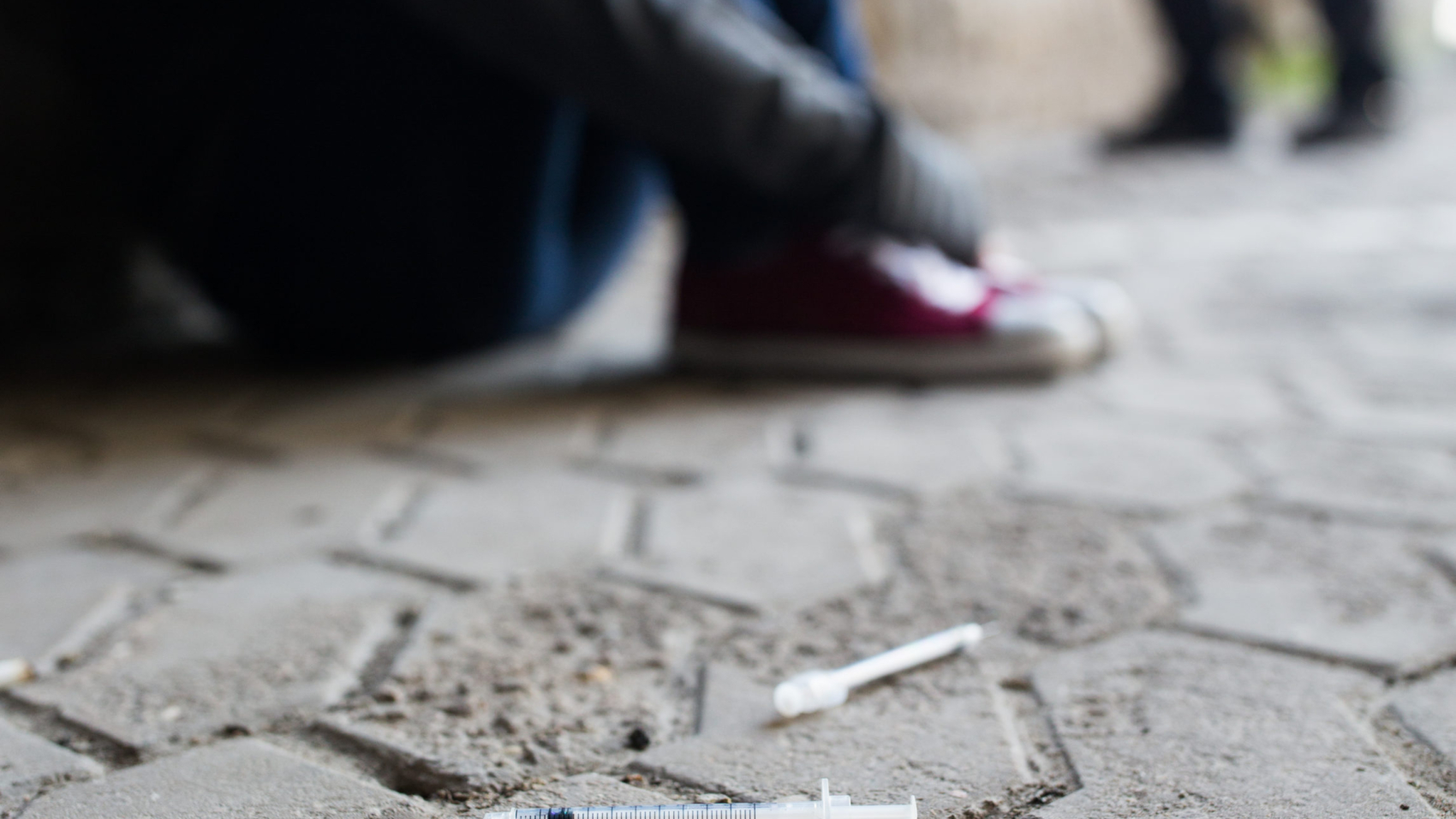Most people have an idea about what some drugs and alcohol can do to a person and how becoming addicted can affect a person’s life. Not everyone knows, though, how to recognize the signs that a person is suffering from a particular addiction like cocaine. The best way to get a person the help they need is by being able to tell when they have a problem. For a powerful drug like cocaine, there are many dangers of continued use. This means that the sooner you can recognize that a person has a problem, the better it is, and the more likely you are to save them from harm.
The Last House is a sober living facility for men who have completed addiction treatment. We understand the danger that cocaine addiction poses and understand the importance of professional treatment in getting sober. We believe everyone deserves to live a life clean of cocaine. In this post, we are going to discuss the drug cocaine, the signs of a cocaine addict, cocaine addiction symptoms and what harm they can cause long term, and how to find cocaine addiction treatment in Southern California.
What is Cocaine?
Cocaine is a drug derived from the coca plant that has been used for centuries due to its anesthetic and energy-giving properties. It is classified as a stimulant drug and is considered highly addictive. The drug was used in various parts of the world for medicinal purposes and at one time by medical personnel as both a treatment for various conditions and as an anesthetic for surgery and other procedures.
It was not until the mid-20th century that the addictive properties of the drug were identified, and the drug was made illegal. The modern form of the drug appears as a yellowish or white powder that is sometimes sticky or gummy and sometimes cut with various other substances to dilute it. Most often, it is smoked or snorted though it can be liquified and injected or mixed with other substances to create different drugs.
Cocaine is primarily used as a party drug though habitual everyday use is possible for those that become addicted. Many people use the drug due to the energy-giving effects that it possesses. It also suppresses the appetite and improves concentration as well as the ability to consume alcohol, which can make using the drug even more dangerous.
What Are the Long-Term Effects of Cocaine Use?
Like most drugs, some long-term effects go along with cocaine use. All addictive drugs alter the body’s chemistry. However, cocaine works on the reward and stress centers in the brain. Over the long term, it is harder for a person to derive pleasure from activities because the brain produces fewer of the necessary “reward” chemicals.
At the same time, long-term cocaine use increases the body’s stress response, making a person easily aggravated and more prone to stress over issues that otherwise may not bother them. Over an extended period, a person’s tolerance also increases, meaning they may need more cocaine to keep from experiencing withdrawal, leading to higher doses more frequently.
What Are the Signs of a Cocaine Addict?
Some behavioral and physical signs of cocaine use can tell you if a person is abusing cocaine and needs treatment.
You may notice increased irritability and restlessness while a person is on cocaine, as well as fast-talking, hyperactivity, mood swings, and trouble concentrating as the drug wears off. You may also notice constant sniffling, a white film or powder around the nostrils, and even lesions in the nostrils. Prolonged use may lead to a loss of sense of smell and even a deviated septum.
Depending on how a person uses cocaine, you may see other signs, such as marks at sites of injection, redness, and swelling. As we mentioned, mixing cocaine with other drugs can also have its own signs and symptoms.
How to Find Cocaine Addiction Treatment in Southern California
While The Last House is a sober living home in Los Angeles, we also have access to other resources, including our clinical sober living campus in Santa Monica, an outpatient treatment facility for drug addiction. If you know someone who is suffering from cocaine addiction, contact The Last House.
After completing their treatment program, they will also be eligible for our sober living facilities and the programs we offer. Whether they need continued support or are just trying to rebuild their life before returning to the ordinary day-to-day, The Last House is here to help with programs and even family support.
Don’t let a cocaine addiction ruin your life; contact The Last House today.
